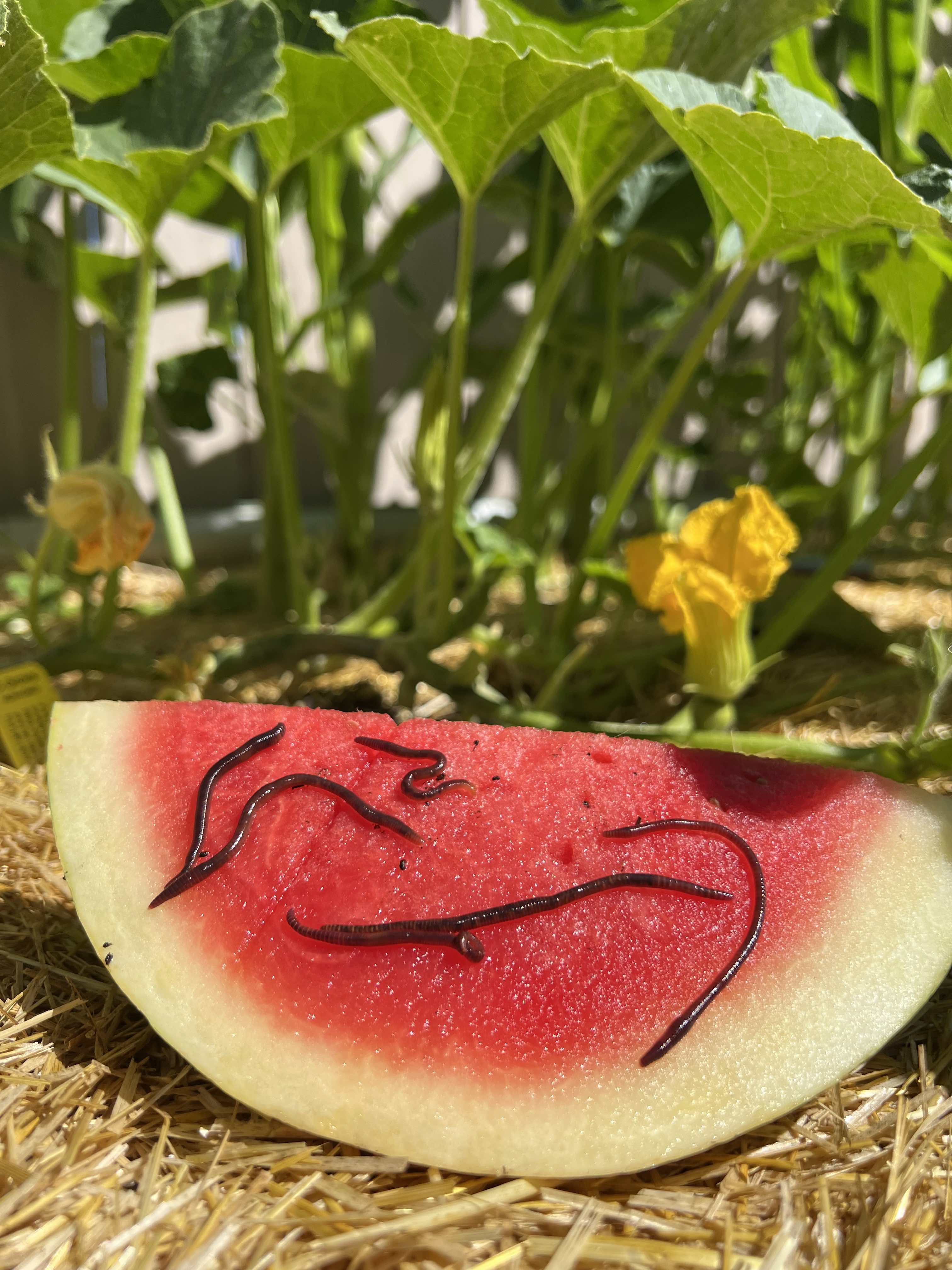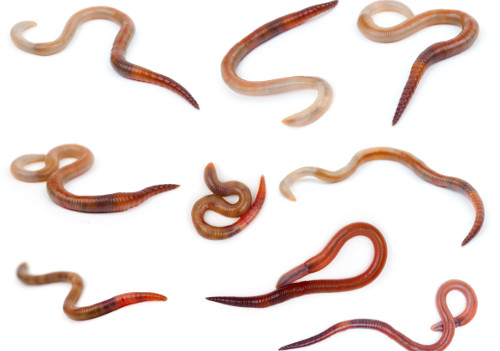Red Wiggler Worms - Important for Healthy and Productive Gardens
Wiki Article
Red Wiggler Worms Demystified: Opening the Keys of Vermiculture for Greener Living and Nutrient-Rich Dirt
In the world of sustainable techniques for improving dirt high quality and advertising eco-conscious living, red wiggler worms play a critical yet often ignored duty. Red Wiggler Worms. Comprehending the ins and outs of caring for these worms, enhancing their setting, and utilizing their spreadings can lead to a greener way of life and much healthier dirt for plants to prosper.The Role of Red Wiggler Worms
Red Wiggler worms play an important duty in composting systems by effectively breaking down raw material into nutrient-rich castings. These ravenous eaters eat a selection of organic materials, such as kitchen area scraps, yard waste, and paper items. As they feed, the worms' digestion procedures damage down the natural issue into a penalty, dark, and nutrient-dense material called worm castings or vermicompost.The spreadings produced by Red Wiggler worms are extremely beneficial for soil wellness and plant development. They are abundant in crucial nutrients like phosphorus, nitrogen, and potassium, which are crucial for sustaining healthy plant advancement. Additionally, worm castings include advantageous microorganisms and enzymes that assist improve dirt framework, rise water retention, and enhance nutrient uptake by plants.
Advantages of Vermicomposting

Moreover, vermicompost, the nutrient-rich final product of vermicomposting, acts as an outstanding natural fertilizer and soil conditioner. It improves dirt structure, boosts dirt aeration, and enhances soil moisture retention. These buildings add to healthier plants with more powerful root systems and far better resistance to pests and illness. Vermicompost additionally enriches the dirt with essential nutrients like potassium, nitrogen, and phosphorus, advertising plant development and total soil fertility.
In addition, vermicomposting assistances lasting horticulture practices by giving a chemical-free and natural choice to synthetic fertilizers. Red Wiggler Worms. This eco-friendly method not only enhances the dirt however likewise helps reduce dependence on damaging chemicals, advertising a greener and extra lasting method of horticulture
Establishing a Worm Bin
When establishing a worm bin for vermicomposting, proper setup is essential to make sure the success of the composting process. The very first step in establishing up a worm bin is picking an appropriate container. This can be a plastic bin or wooden box that gives sufficient room for the worms to move and has proper water drainage openings to stop waterlogging. Next, a bed linen material such as shredded paper, cardboard, or coconut coir need to be contributed to the bin. This bed linens offers a comfortable atmosphere for the worms and aids preserve dampness degrees.After including the bed linens, introduce the red wiggler worms to the container. The worms must after that be given with food scraps such as fruit and veggie peels, coffee premises, and eggshells.
Routinely keep track of the dampness levels and temperature in the worm container Web Site to guarantee optimum problems for the worms. With appropriate arrangement and maintenance, the worm bin will effectively convert organic waste right into nutrient-rich compost for your plants and yard.
Collecting Worm Castings
To efficiently collect nutrient-rich worm spreadings from your vermicomposting system, a methodical harvesting technique is vital. When it comes time to gather the worm spreadings, there are a couple of key steps to follow to make certain a successful procedure. Stop including fresh food scraps to one side of the worm bin for a couple of weeks prior to harvesting. This urges the worms to migrate sideways with fresh bed linens and food, making it less complicated to scoop out the spreadings from the opposite side.
Troubleshooting Common Issues
Recognizing and resolving typical obstacles that may occur throughout the vermicomposting process is critical for keeping a healthy and effective worm container. Including excess food scraps can lead to a build-up of wetness and level of acidity in the worm bin, possibly damaging the worms. Another issue is undesirable odors emanating from the worm container.
In addition, if the worm population is decreasing or the worms show up harmful, maybe because of environmental stressors such as severe temperatures or pH degrees. Keeping an eye on these Your Domain Name aspects and making necessary adjustments is important for the well-being of the worms. By troubleshooting these usual problems without delay, vermicomposters can ensure a smooth and successful vermicomposting procedure while maintaining a growing worm populace.

Final Thought
In final thought, red wiggler worms play an important duty in vermiculture by breaking down natural issue right into nutrient-rich dirt. The benefits of vermiculture include greener living and improved dirt quality. Establishing a worm bin is vital for effective vermiculture, and harvesting worm castings gives valuable compost for gardening. By recognizing and fixing usual issues, people can open the secrets of vermiculture for lasting living and much healthier soil.As they feed, the worms' digestive system processes break down the organic matter right into a penalty, dark, and nutrient-dense product known as worm spreadings or vermicompost.
The castings generated by Red Wiggler worms are very advantageous for dirt wellness and plant development. Including excess food scraps can lead to a build-up of wetness and level of acidity in the worm bin, potentially hurting the worms.Additionally, if the worm population is decreasing or the worms show up harmful, it might be due to environmental stress factors such as severe temperature levels or pH degrees. Establishing up a worm bin is crucial for successful vermiculture, and harvesting worm spreadings offers valuable compost for horticulture.
Report this wiki page